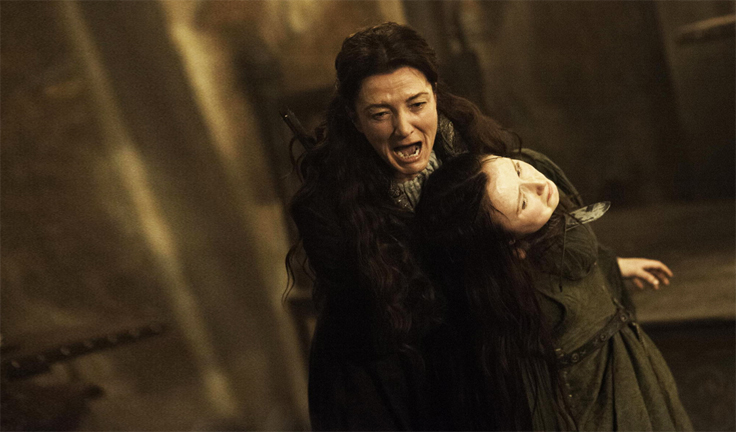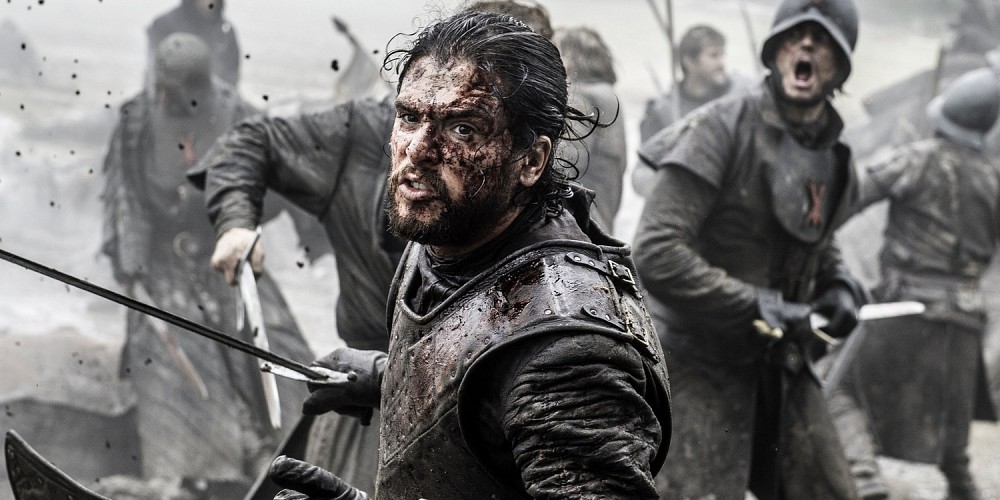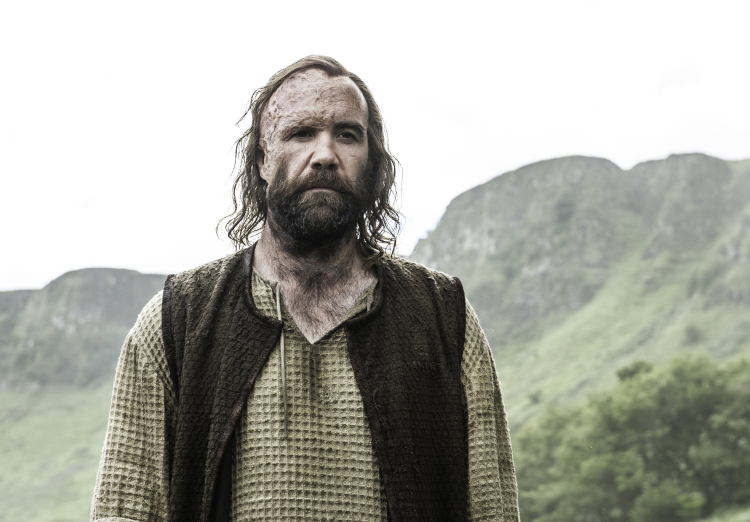Is “Game of Thrones” still willing to kill off key characters?
Quick Answer: From across the Narrow Sea all the way to Castle Black in the North, Game of Thrones is notorious for killing off its characters. Loved or despised, no one is safe. But after Jon Snow’s return, many fans are left wondering if this fantasy show has lost their nerve. However, arguably, showrunners Dan Weiss and David Benioff did not bring Jon back from the dead because he was loved by fans, but because he was still too important for the story. From the Battle of the Bastards to his true parentage, many questions involving Jon would have remained unanswered, and it would have resulted in loose ends for the story. With Cersei now on the Iron Throne, it’s still safe to say that no one is safe in Westeros.
HBO’s popular fantasy show Game of Thrones (2011-present) is renowned and notorious for killing off major characters. Fans whisper to one another, “Don’t like anyone.” It’s a well-earned admonition. Since Season 1, Dan Weiss and David Benioff have been tearing out fans’ hearts by tearing out their favorite characters’ hearts, literally. From the beheading of Ned Stark to the Red Wedding to the more recent King’s Landing fiasco, in which Cersei murdered a good chunk of the population, including the Queen herself, events on Game of Thrones have sent the clear message that no character is ever safe.
But, after Jon Snow’s resurrection earlier on in Season 6, many fans are left wondering if this show is still willing to kill major characters to the same degree. Many believe that the writers brought him back because he was so loved. After that, the Hound is back on our screens after being presumed dead for two seasons. Can they still do what needs to be done? Or will Game of Thrones start to fit into a more common mold?

Catelyn Stark Sees Her Son Murdered
While Jon Snow’s death could signal a shift, over the seasons there have been countless beloved characters who have not been brought back to life: Khal Drogo, Osha and most members of House Stark — including Catelyn Stark, who returns in the book as Lady Stoneheart but remains dead in the show. So why did they bring back Jon Snow?
While Jon’s likability was certainly a bonus, the stronger argument justifying Jon’s return was that the character’s story was not over. There were so many questions involving Jon still left unanswered and needing resolution: for example, his parentage. The end of Season 6 finally revealed who is parents are, confirming the R+L=J theory, after building up this question for over five seasons. To never convey this information or never allow Jon to learn the truth would have been extremely disappointing for fans, not to mention poor writing. Given the loose ends that would have been impossible to wrap up with Jon gone too soon, it’s safe to say Weiss and Benioff did not bring Jon Snow back to life because fans were sad to see him go. They brought him back because — right now — he is essential to the story.

Jon Snow at The Battle of The Bastards
Jon is one of the primary contenders for the title of The Prince That Was Promised. Good and just, he is a true hero, something that is very hard to find in Westeros. Both his destiny and his narrative function as the moral heart of the story make him indispensible to the larger story arc, as we approach the eventual merging of the contest for the Iron Throne and the fight with the White Walkers. Jon may very well still die before his time, but that time has not yet come.

The Hound Returns
Some use the Hound’s sudden reappearance, in addition to Jon’s resurrection, as evidence that the show is softening on its former practice of brutally killing off favorites. But the truth is that we never saw the Hound die. We only knew that he was left to die, and the choice not to show that death indicated the storytellers all along planned to keep the Hound in action. He wasn’t brought back to life from the dead, but from the brink of death. These are two very different things, and the latter suggests that he still has an integral role to play. Even if his main purpose is yet to be discovered, we can hazard some guesses. If he travels North with the Brotherhood Without Banners, there is a good chance they’ll pass by Winterfell. Jon will no doubt want to know what’s going on, and there may be a reunion between the Hound and Sansa Stark. Fans will remember that during her time in King’s Landing, he helped her and watched over her more than anyone else. He acted as her guardian, as he later acted as Arya’s. Not many have helped the Stark girls, and Sansa will likely reward this.
Of course, there are several other key characters who have yet to be touched and seem to have some layer of protection, at least so far: Daenerys (whose movement toward Westeros is one of the primary plots and excitements of the show), Tyrion (whose humor and complex personality are an integral presence to the Westeros world), Cersei (who is the only original and most engaging antagonist left), and Arya and Sansa (whose resilient transformations are yielding interesting storylines). While all of these characters seem, for the moment, untouchable, they only appear to be so for as long as the story needs them — not for as long as fans want them around. It’s unlikely that Daenerys will fall from a fly arrow in the first episode of Season 7 because she’s still needed for the story, but that doesn’t mean she’ll last through the end of the full series.
While many shows now follow the trend of removing characters who have some likability, what makes Game of Thrones stand out historically is that it has no “safe zone” where we can place the main characters, knowing that no matter how dire the situation is, they will not be killed. But with Game of Thrones, no one is in the safe zone. We know that anything could happen, making us feel like we aren’t only watching the show, but experiencing and living it. And now that Cersei Lannister sits upon the Iron Throne, the killing won’t stop any time soon.

